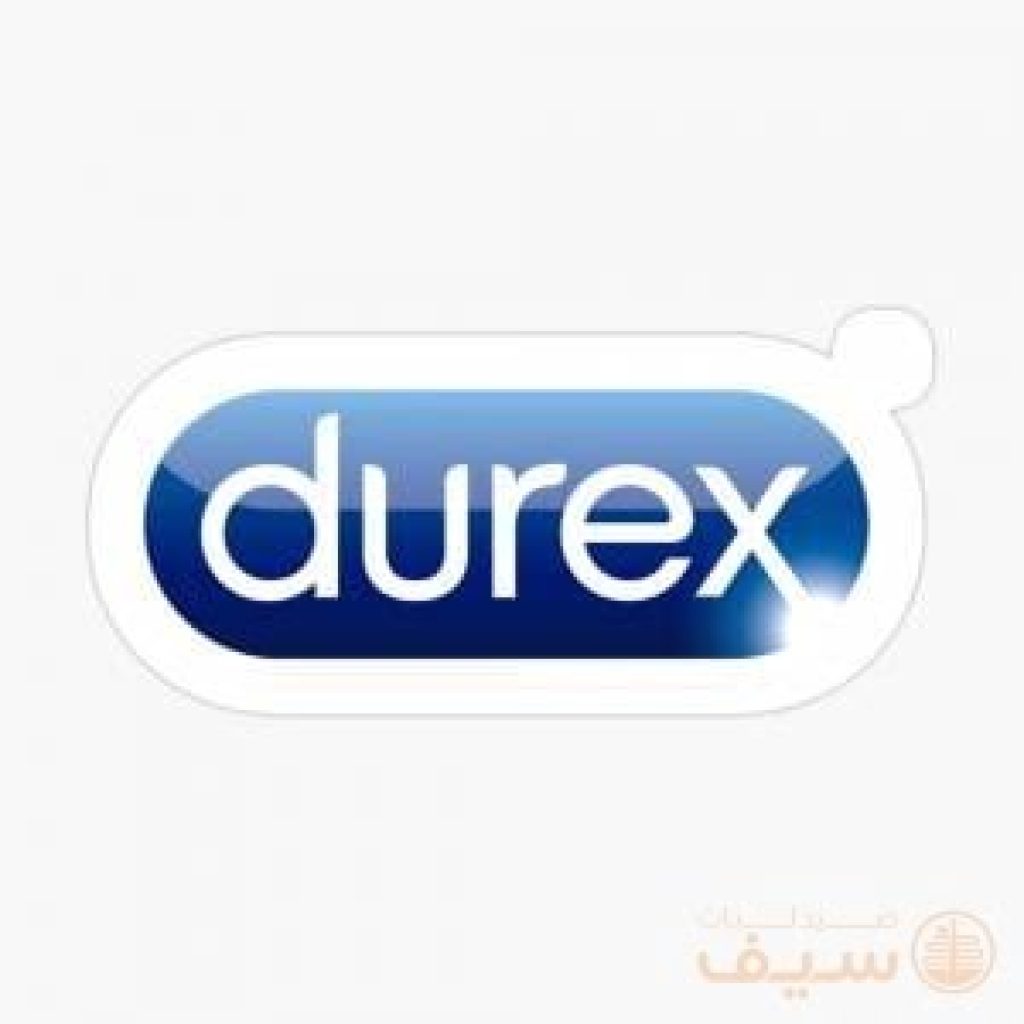لا توجد منتجات في سلة المشتريات.
Uncategorized
What Is a Tick in Securities Trading and How Does It Work?
This analytical process, called tick chart analysis, helps traders make informed decisions on market entry and exit points. Tick charts are a tool for traders seeking a granular transaction-based view of market activity. Tick charts update only when a trade volume threshold is exceeded. This guide presents traders with a comprehensive picture, enabling strategic choices by contrasting tick charts with traditional charting techniques.
- The biggest concern with tick charts occurs during low-volume periods.
- In this case, the one-minute chart produces nine times as many bars as the tick chart, showing more price waves, trends, and support and resistance levels that could potentially be traded.
- Market indicators analyze an entire INDEX for potential weakness, money flow, and other important criteria.
- Large positions will always be reflected in larger volume bars, which can confirm the market’s next upward or downward move.
The free tick data provided by many brokers often contains errors, if not missing parts that can prove costly if you use it to formulate your trading strategy. Before April 2001, there was a standard measurement of a “tick.” Whenever the price of a stock moved 1/16th of a dollar, you could call it a tick. Therefore, if you were watching tick charts, price moved $0.0625 at a time.
Trust us, you would be much better off buying that Tesla Model S you always wanted with that money. But, before you schedule an hour to watch it tonight, let us be the bearer of bad news. Nothing in this world is free and the free lunches you get in life often cost you more some other way. Sure, the most popular one is 233 ticks, but that’s just another example of a self-filling prophecy, isn’t it? There are simply too many possibilities as you can use any number of tick count to formulate your tick chart.
Best Stock Chart Types For Traders & Investors Explained
This alternative to time-based charting emphasizes the completion of transactions over periods, providing unique insights, especially in assessing market volatility and momentum. An innovative and effective strategy in the field of day trading is tick chart trading. This thorough introduction explores the subtleties of tick charts, revealing their importance, interpretation, as well as advantages.
Stock valuations look stretched given inflationary risks, JPMorgan says
Moreover, tick charts can provide a more granular view of price action, allowing them to see smaller price variations and micro-trends that may not be as evident on conventional time-based charts. While tick charts provide a granular view of trading activity, they may not always be suitable for complex trading strategies or comprehensive market analysis. Here’s an article that discusses three indicators that you might want to consider using when analyzing and trading tick charts. But, as major stock exchanges around the world moved to decimal pricing, that definition of a tick became obsolete. This is because tick charts are formed based on the number of ticks, not time.
Even within the same time frame, a tick chart is different from a time chart. A tick chart will typically provide detailed information, which can be critical in trading. Moreover,’ high’ is the highest value of a given trade, and ‘low’ is the lowest value. Try out a tick chart with divergence trading, another trading strategy. Tick charts help assess both micro-trends and macro-trends to clear the noise and help you make the right decisions based on the true market volatility and movement.
This strategy form focuses on the charts without giving recourse to other supporting market data. With this technique, your intent is not to trade against the market data, but it is chart-focused and only analyzes other market data as a secondary source. As you can see, you can certainly use level 1 market data to capture ticks in forex trading and other financial instruments. vr programming language However, to be on the safer side, you better combine the level 2 market data with tick charts. This is because some institutional traders can hide their position sizes using undisclosed quantities or create dummy orders to place large order blocks. The tick index is a popular indicator used by day traders to view the overall market sentiment at a given point in time.
As mentioned above, the term tick may also refer to the direction in which that price has moved. An uptick means that the price increased compared to the previous trade, while a downtick implies a price decrease. FanDuel parent-company Flutter will make its debut on the New York Stock Exchange on Monday, as the company looks to further cement its standing in the U.S. market. “Stocks have typically posted the greatest returns during periods of strong economic growth, regardless of whether the yield curve was steepening or flattening,” he said.
Breadth Indicators such as TICK are proven tools that are used by traders of every style. The $Tick Graph is a indicator that shows the $TICK index for four major markets and signals when those four markets are trending in the same direction. By understanding the pros and cons of tick charts and incorporating these professional tips for crypto trading, you can harness their power to make informed trading decisions and maximize profits. This can be particularly useful for scalpers who rely on quick, short-term trades and need to make fast decisions based on precise price action.
Tick Charts – 5 Things to Consider Before Trading
Personally, as someone who extensively utilized the tick scalping trading style, I can tell you it works. This is especially true when the markets are not volatile, and there’s not much movement in the market. Ultimately, this strategy is all about statistics and developing a positive win-to-loss ratio over the long run. If you can do that, then you are the robot; you are the money-making machine. And from that point, the only challenge is to gradually increase your position size. So, to tick scalping, you must find a calm market with tight spreads.
Time-based charts are more popular than tick charts, with candlestick charts being the most popular type of price chart. As a trader, you can easily get blindsided if you only trade with level 1 data. Luckily, we have all the juice on level 2 trading, which gives you better insight into planning your trade, like the highest bid price, bid sizes, lowest ask prices, and ask https://traderoom.info/ sizes. The more information you have, the better you can plan your trade and stack your edge. As a result, fundamentally, the ideal market environment for utilizing the tick scalping strategy is a sideways market condition with low volatility. Markets with low volatility often come with wide buy and sell spreads, which makes it impossible to successfully capture ticks.
HowToTrade.com takes no responsibility for loss incurred as a result of the content provided inside our Trading Academy. By signing up as a member you acknowledge that we are not providing financial advice and that you are making the decision on the trades you place in the markets. We have no knowledge of the level of money you are trading with or the level of risk you are taking with each trade.
Time charts, also called time series graphs or time series plots, are data visualization tools that show data points at successive intervals of time. Each point corresponds to both a time and a quantity being measured. Market breadth indicators are an excellent metric to use to gauge the relative stock performance between stocks that are advancing and stocks that are declining. As a result, we, as a trading service, have focused on adding it to our trading rooms.
Stock futures open lower
Instead, they are just a different way of looking at the market data. Whether tick charts would work for you depends on your trading strategy and goals. Bear in mind that with tick charts, more often than not, you will be looking at ultra-short-term trends and micro-movements.











